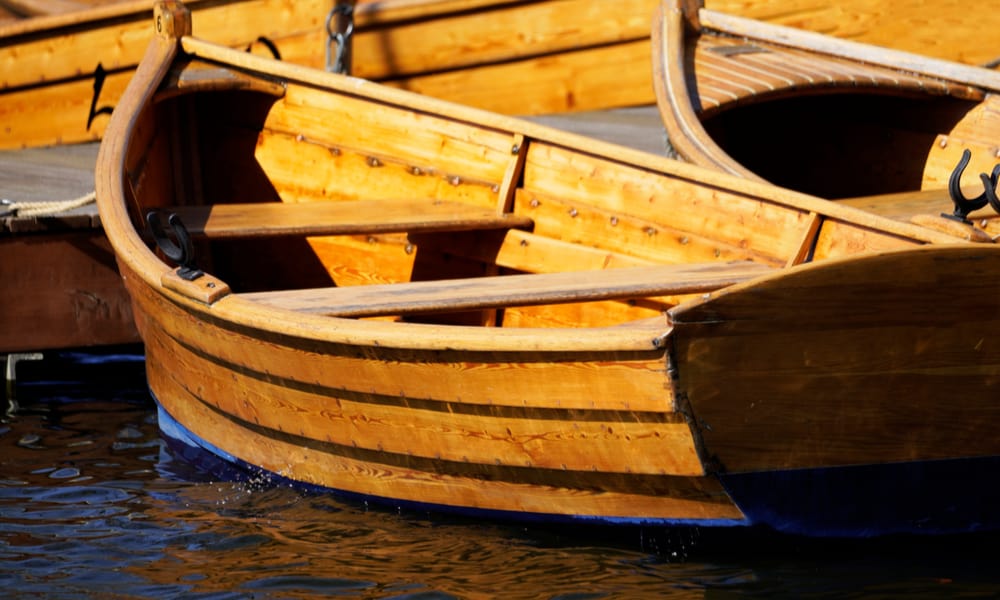
Beyond the Planks: Unveiling the Unspoken Truths of Wooden Boat Building
Making a Wooden Boat, while a classic guide, often leaves certain aspects unexplored. This review delves into the less-discussed nuances of wooden boat construction, offering fresh perspectives for hobbyists, professionals, and educators alike. We'll move beyond the technical details and explore the human element, the sustainability considerations, and the surprising parallels with other crafts.
The Psychology of Planking: Why Do We Build Wooden Boats?
The straightforward answer is: it's challenging, rewarding, and deeply satisfying. But it goes beyond that. Why choose a laborious, time-consuming process when fiberglass or aluminum offer efficiency? We delve into this question through the lens of several experienced boat builders.
The Therapeutic Power of Woodworking:
Interviews with builders consistently reveal the meditative quality of the craft. The rhythmic repetition of shaping wood, the slow reveal of a beautiful hull â€" these contribute to a sense of calm and focus rarely found in modern life. This aspect, rarely highlighted in building manuals, is crucial to understanding the enduring appeal of wooden boat construction. This connects to research showing the mental health benefits of engaging in crafts (reference a relevant study on craft and mental health here, replace with actual link if possible).
Beyond the Boat: A Legacy of Skill:
Building a wooden boat isn't just about the finished product; it's about acquiring a skillset that transcends the project itself. This speaks to the tradition of craftsmanship and the personal connection with a tangible object created by one's own hands â€" something lacking in many aspects of modern life.
Sustainable Shipyards: The Green Side of Wooden Boats
The environmental impact of boatbuilding is rarely discussed alongside aesthetic appreciation. However, using sustainably sourced wood, employing environmentally friendly finishes, and exploring methods to minimize waste are essential to responsible boatbuilding.
Sourcing Sustainable Timber:
Choosing certified wood from responsible forestry practices is paramount. This involves researching lumber sources, understanding certifications like the Forest Stewardship Council (FSC), and opting for locally sourced wood whenever possible to reduce transportation emissions. The growing movement towards urban forestry and reclaimed wood also offers unique and sustainable options.
Eco-Friendly Finishes:
Traditional boatbuilding often relied on toxic varnishes and paints. Today, a wealth of non-toxic, water-based alternatives are available. Researching these eco-friendly options is crucial for reducing the environmental impact of the finished product. The longevity of these finishes and their impact on the boat's lifespan should also be factored in.
The Unexpected Connections: Boatbuilding and Other Crafts
The skills learned in wooden boatbuilding surprisingly translate to other disciplines. This cross-pollination of knowledge offers valuable insights.
Q: How does boatbuilding relate to other woodworking techniques?
A: The precision needed in boatbuilding is directly applicable to fine furniture making, cabinetmaking, and even instrument building. Understanding wood grain, joinery techniques, and finishing processes are universal across these crafts.
Q: What other unexpected skills are honed through boatbuilding?
A: Problem-solving skills are paramount. Adaptability, as unforeseen challenges invariably arise, is crucial. Furthermore, boatbuilding often involves basic engineering and design principles, fostering a unique blend of artistic expression and technical competence.
Q: Can these skills be incorporated into educational programs?
A: Absolutely! Integrating boatbuilding projects into woodwork, design, and even STEM curricula provides students with hands-on learning experiences that foster creativity, problem-solving, and an appreciation for traditional craftsmanship. It’s a powerful way to blend theory with practical application.
In conclusion, Making a Wooden Boat provides a solid foundation, but this review highlights the often-overlooked aspects â€" the human element, sustainability, and the interconnectedness of skills. By exploring these less-traveled paths, we enrich not only the craft itself but also our understanding of its enduring appeal.
0 comments:
Post a Comment
Note: Only a member of this blog may post a comment.